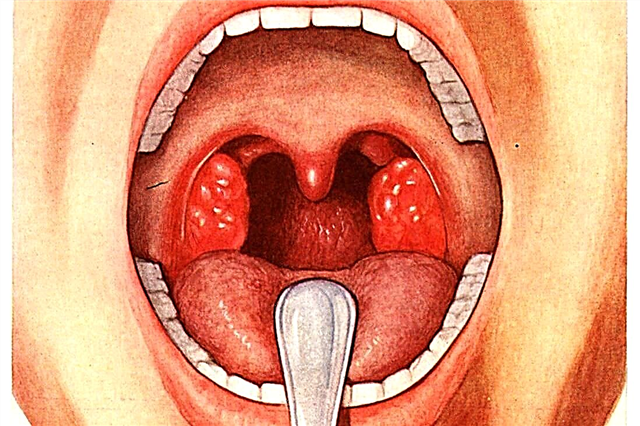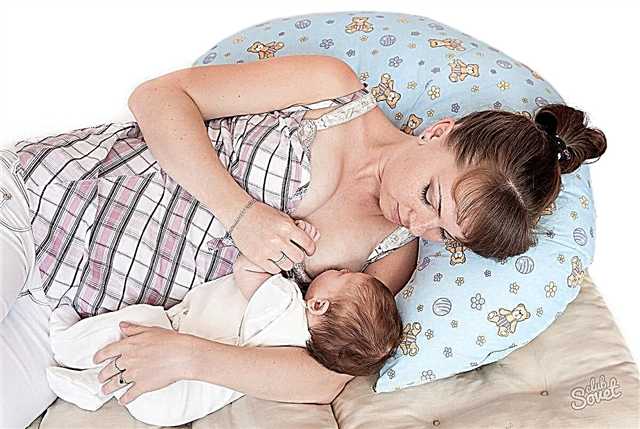The topic of breastfeeding is controversial. There are different views on its necessity. Breastfeeding is a dubious pleasure! Give it up as soon as possible, even if the baby needs breastfeeding. If you want to curtail this process as quickly as possible or not start it at all, follow our “harmful” advice.

1. It is worth starting to prepare for feeding in advance, even at the stage of pregnancy. Preparation means stretching and rubbing your nipples, and you can also help yourself with a stiff waffle towel.
Why this advice is harmful and even dangerous: It is dangerous to stimulate the nipples during pregnancy, as this releases oxytocin, a hormone that leads to contraction of the muscles of the uterus, which can eventually lead to contractions and premature birth.
If a woman has flat nipples, this cannot interfere with the feeding process, because when feeding, their shape changes.
2. The breast should be empty after feeding, so it is necessary to express to the last drop.
What is the danger: Expressing stimulates a new flow of milk, which the baby does not need, because he is already full. Excessive milk production leads to lactostasis.
“No extra pumping is needed,” the HW specialists say with one voice. Nature is smarter than us: milk is released exactly as much as the child needs. When you express, the glands begin to produce even more milk, the baby does not eat everything - that's lactostasis.
3. You need to feed strictly by the hour, and if the child does not adhere to the regimen, you need to soothe him with a nipple, not a breast.
How to do it right: you need to feed on demand, pre-morning feedings from 3 to 7 in the morning are especially important, when the most hormone prolactin is released - the amount of milk produced for the whole day depends on it.
4. If you're wondering how much milk is in your breast, pump it out with your hands.
In fact: the child eats more than you can manually express, so this is a pointless exercise.
5. It is necessary to supplement with water, because the child needs water, and milk is food.
In reality: when a baby is only breastfed and not receiving complementary foods, milk replaces everything, and so does water.
6. You need to feed, overcoming the pain. If cracks appear, this is normal.
In fact: the process should not cause any inconvenience to either the baby or the mother. If the nipple is properly gripped, cracks will not appear. If they appear, they need to be treated, after which it is necessary to find the most comfortable position for feeding.
7. If translucent drops are released from the breast, it means that the milk is low-fat, you need to feed it with a mixture.
In fact: in the same woman during the day and even in the process of one “meal” by the baby, the fat content and composition of milk may change. The so-called "front milk" is necessary for the baby to get drunk, and the "back" is already more saturated, it can be attributed to food, not drink.
8. The child may not have enough milk at one time, he remains hungry (if the baby cries after feeding, therefore he is hungry), which means that you need to supplement with a mixture.
If you give the baby formula after breastfeeding, then you can easily switch to feeding only with formula. If a baby cries after feeding, this does not mean that he is hungry. Most likely, he is just hot, or maybe he is tormented by colic. Also, the reason may be improper latching of the breast, due to which the child has eaten less milk than he needs. Perhaps you removed your breasts too early (let the baby suck as much as she wants). Breast milk contains allergens that irritate the baby's stomach (review your diet). Look for the cause of the child's dissatisfaction, but know that you have enough milk anyway - this is how nature has it.
9. Colostrum is a useless product, you do not need to give a baby in a maternity hospital until milk has come.
Why this advice is harmful: Colostrum is the most important product for a child in the first hours, because it is it that prepares the baby for a meeting with a new habitat. It is colostrum that is responsible for the formation of intestinal microflora and protection against harmful bacteria. Attaching to the breast immediately after childbirth will protect the baby from bacterial infections, meconium is excreted, and anti-infectious proteins, vitamins A and E, prebiotics, and other nutrients, important for health, enter the body.
10. After a year, there is no benefit from breastfeeding. You can finish feeding as early as six months - it's easier to switch to normal food, the child will have a healthy appetite and a normal psychological state, and dependence on the breast will not form.
In reality: how much to feed, each mother decides for herself, but pediatricians recommend not to stop feeding until a year and a half. By the age of one year, the child no longer receives all the necessary substances from milk, he needs complementary foods and a gradual transition to a common table, but breastfeeding during this period also plays a protective function - it helps to better endure diseases and has a beneficial effect on the psyche. The child feels a special connection with his mother, so that his psyche is protected.
Frequently asked questions about hepatitis B, pediatrician advice:



